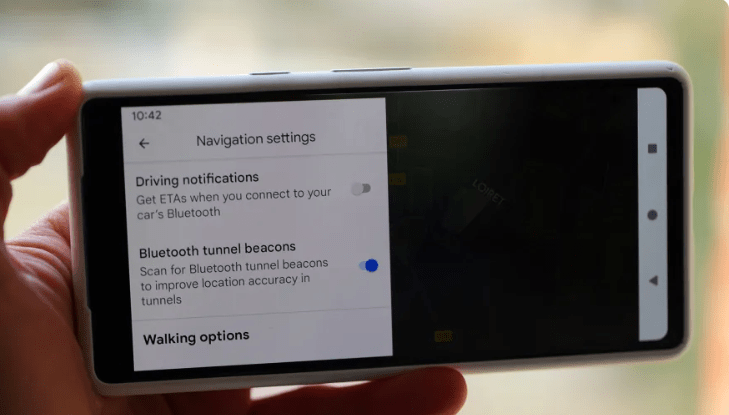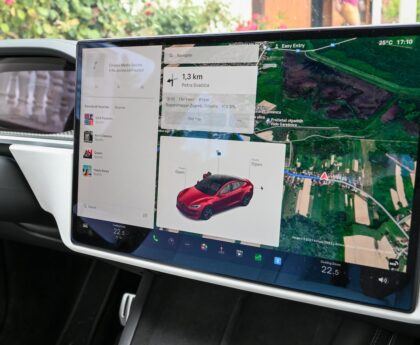In a significant update, Google Maps has incorporated Waze’s Bluetooth beacons feature to facilitate navigation in tunnels and satellite dead zones. This addition, widely available on Android, aims to enhance the user experience, particularly in challenging tunnel scenarios, though it remains absent in the iOS version as of now.
Bluetooth beacons, also known as Waze Beacons, offer a solution for navigation and traffic information in areas where GPS signals struggle to penetrate, such as underground tunnels. Described as “battery-operated, low-energy micro-controller hardware,” these beacons send one-way signals to users’ phones or tablets without collecting any user data, according to Google. They have been strategically deployed in various cities worldwide, including New York City, Paris, Sydney, Rio, and more. Waze initially introduced this feature in 2016.

To activate this feature on Google Maps, users can navigate to Settings > Navigation Settings and locate “Driving Options” near the bottom. Under this section, Bluetooth tunnel beacons can be found (assuming the app is updated to the latest version), and users can toggle the feature on.
While some beta and other users saw the feature in October 2023, it has now been officially integrated into the primary release. This addition is expected to significantly improve navigation, especially in complex tunnel systems with multiple lanes and exits. Google Maps has been actively introducing new features, including EV charging information, AI capabilities, Immersive View, and more, to stay at the forefront of navigation technology.
As the competition in the navigation app space continues to intensify, users can anticipate further innovations and improvements that will contribute to a seamless and efficient navigation experience across different terrains.




